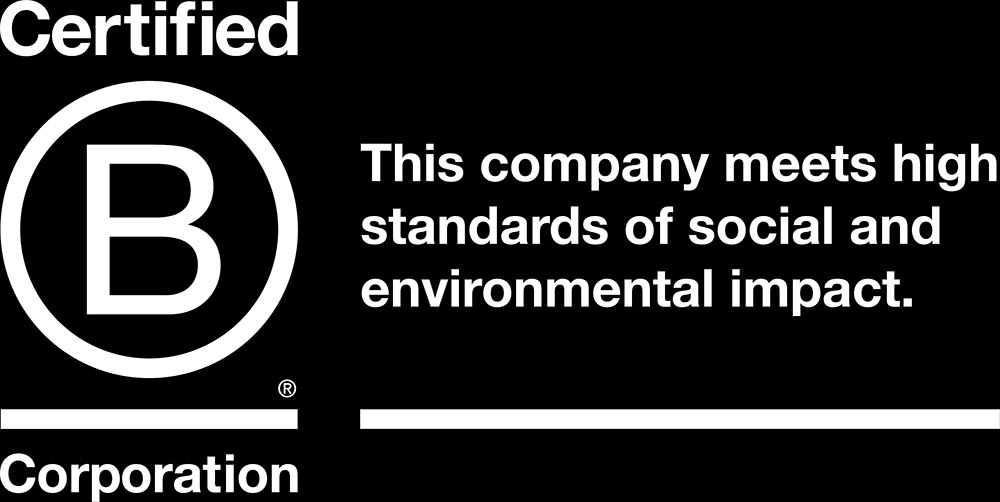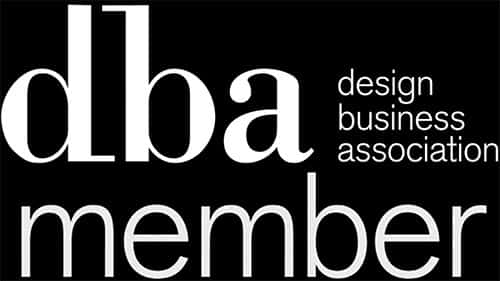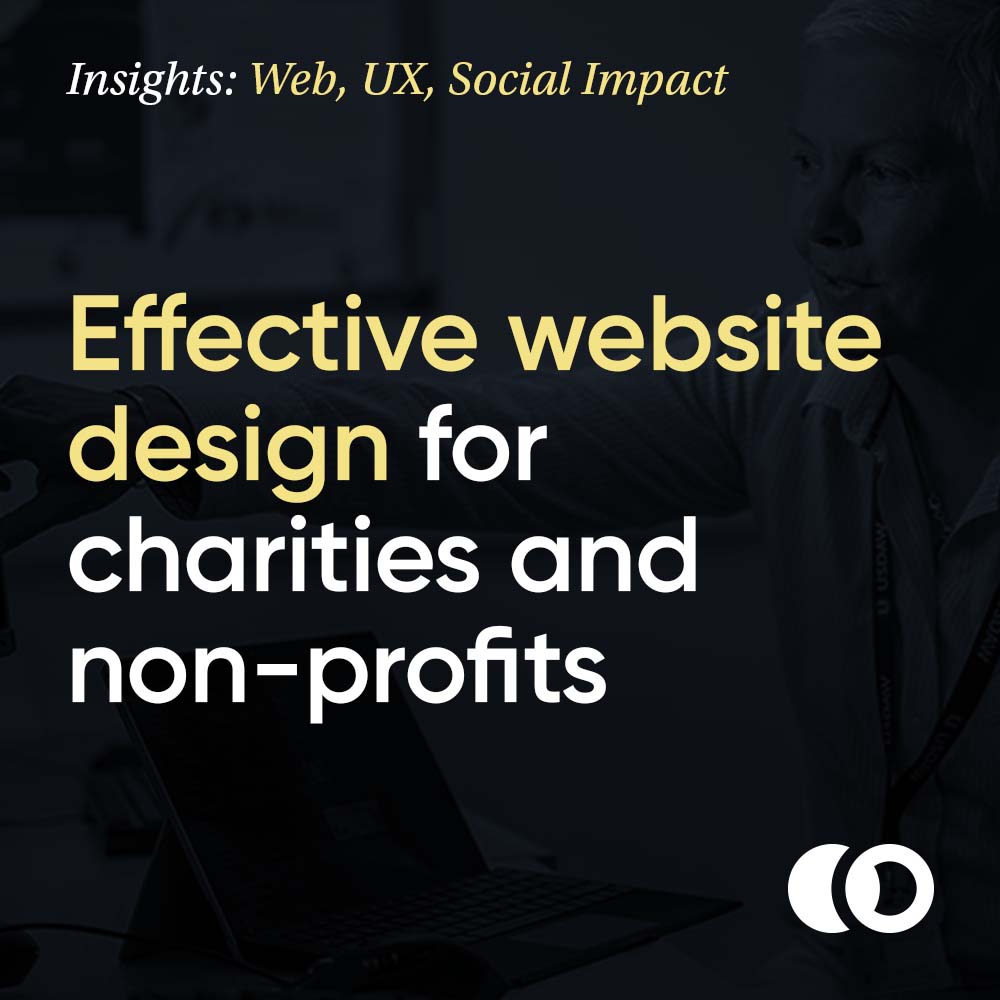
The Archive
Website design for charities
Author: Justine Viot | 10-minute read
It’s widely acknowledged that charities need a website, but in today's saturated digital landscape, simply having an online presence is not enough. Your website represents a huge opportunity, so how do you leverage your site to support users, attract funders, celebrate your impact, and build a community around the incredible work that you do?
Effective website design for charities and non-profits is not just about aesthetics; it’s also about accessibility, storytelling, and user engagement. Leaning on well over 5-years of experience in the sector, we will use this blog to explore the role of user-led design to help you stand out from the crowd, captivate your audience, and inspire meaningful actions.
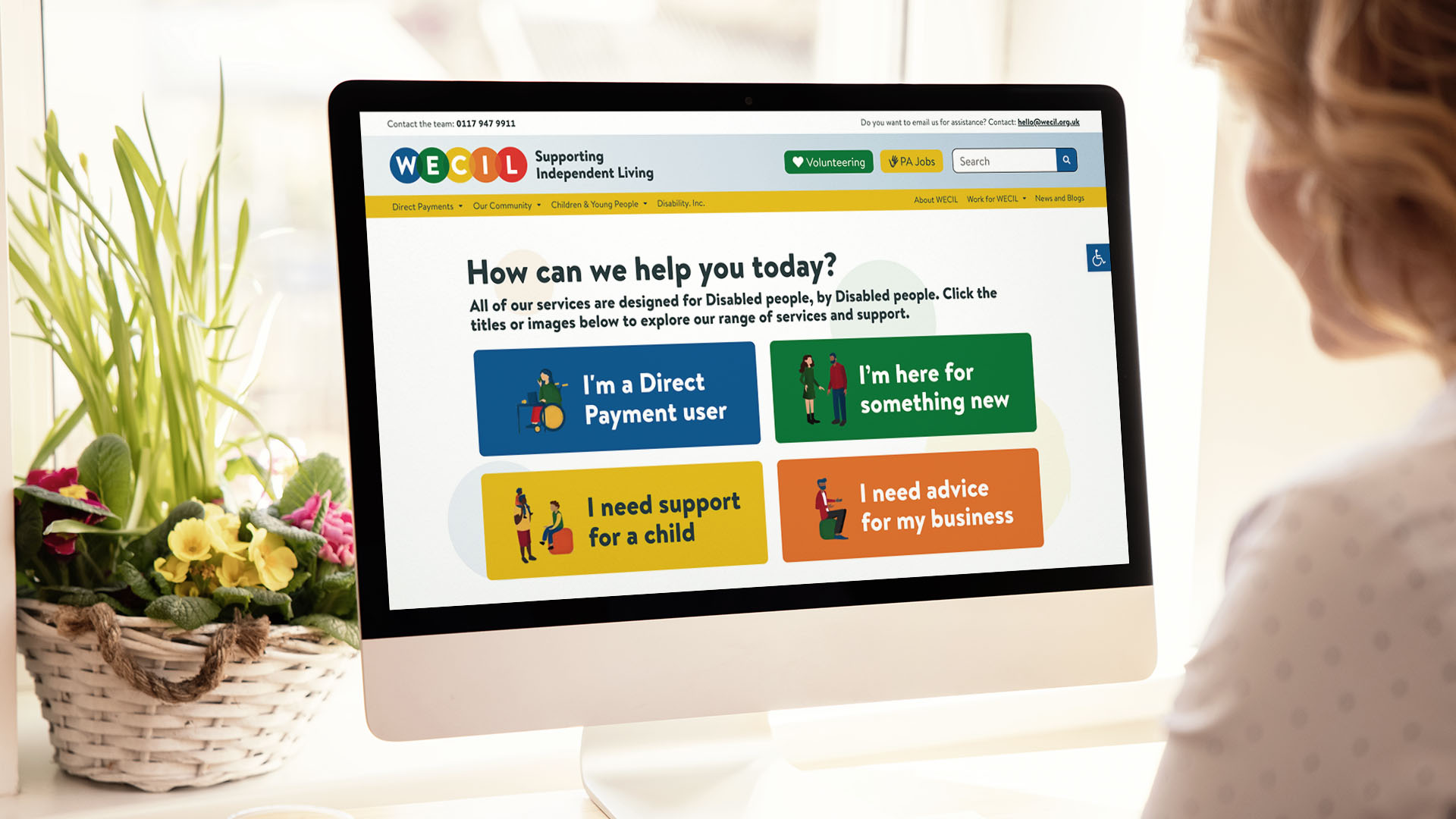
Best practice for charity website design
Designing a website for your charity or non-profit organisation requires a thoughtful approach focused on your users. User-led design prioritises your audience’s needs, preferences, and behaviours over (or at very least equal to) the needs of your organisation. This then guides the design process. The objective is to give users a smooth and frictionless user experience (UX) through good accessibility, simplicity, effective signposting, and ease of use.
Given that some of your users might have impairments, be experiencing stress or seeking urgent assistance, good navigation and search tools are essential. These elements facilitate your users’ journey through the website and help them to quickly find the information they need. Moreover, charity websites should aspire to simplify complex subjects and reassure users by providing content that is clear and easy to understand.
A key aspect of charity website design is the availability of resources. For example, offering 24-hour access to helpful information ensures that users can get help whenever it’s needed, reinforcing your organisation’s commitment to their well-being. This could be as simple as having a searchable resources page, or as advanced as a customised chatbot with more conversational help and signposting.
Collecting user feedback and refining your website’s design based on real-world behaviour will help to keep your website effective as time goes on. One way to attain this information is to record users’ journeys and interactions on your website, which will provide you with a clear understanding of your visitors’ experience, behaviours and preferences.
For example, we work with the DPO (Disabled Persons Organisation) and charity WECIL, and have designed a number of their websites over the years. We recently organised a series of user testing days during which we invited their employees, users, and users’ families to test their websites and provide live feedback. This was immensely beneficial to the ongoing development of their sites. By analysing the responses, we were able to identify content, layout and accessibility updates that we, as designers without any lived experience of physical or neurotological disabilities, could have overlooked.
Talking about accessibility, any website that is not accessible to all users is a problem. This is one of the most (if not the most) important things to think about when designing your charity’s website. There are resources such as the W3C website and plugins like the Funkify extension which provide useful information and insights on designing websites for individuals with cognitive, visual or motor impairments.
By adopting these design principles, your website can help you to increase engagement, empower your users, attract supporters, and effectively communicate your vision to a much wider audience.

Content strategy - Communicating mission and impact
Your website is a digital shop window and is often the first impression that people will have of your organisation. It’s essential that as visitors land on your website, they are immersed in your mission, vision and cause – quickly understanding the positive impact that you have, the assistance you offer your community, and the huge difference that any support can make.
To achieve this, it’s important not to just understand and measure your impact, you need to showcase the incredible work you do and document the real-world outcomes. Gathering feedback from users, donors and volunteers allows you to communicate this on your website, reassuring visitors and building trust with people who don’t already know you.
This trust galvanises supporters, encourages them to become advocates for your work, and amplifies your charity’s reach. Internally, a focus on impact measurement and user feedback also empowers teams and aligns everyone’s efforts with your goals and long-term ambitions.
Building human connections plays a key role when encouraging individuals to use your services, volunteer, or support your cause. Effective content and user-led design will strengthen this connection and nurture emotional bonds with your audience. By understanding the needs, motivations, and feelings of your users, you can create content and craft a website experience that deeply resonates with people on a human level.
Communicating impact and in turn building trust, not only attracts new users, volunteers and individual donors, but it will make your charity appealing to potential funders and grant-making organisations. Clear evidence of outcomes and a track record of significant impact will increase your charity’s credibility and in turn your ability to secure donations, funding and grant bids.
The Bridge Foundation’s website is a great example of using impact data and engaging design to communicate the effectiveness of their work. This not only helps to celebrate the outcomes they deliver for their users, it acts as a landing page for their bid writing team to send with all of their grant applications.
In summary, charity websites play a pivotal role in not only communicating your mission, vision and impact, but also in cultivating trust, developing support, empowering teams, and attracting the funding needed to deliver positive change.
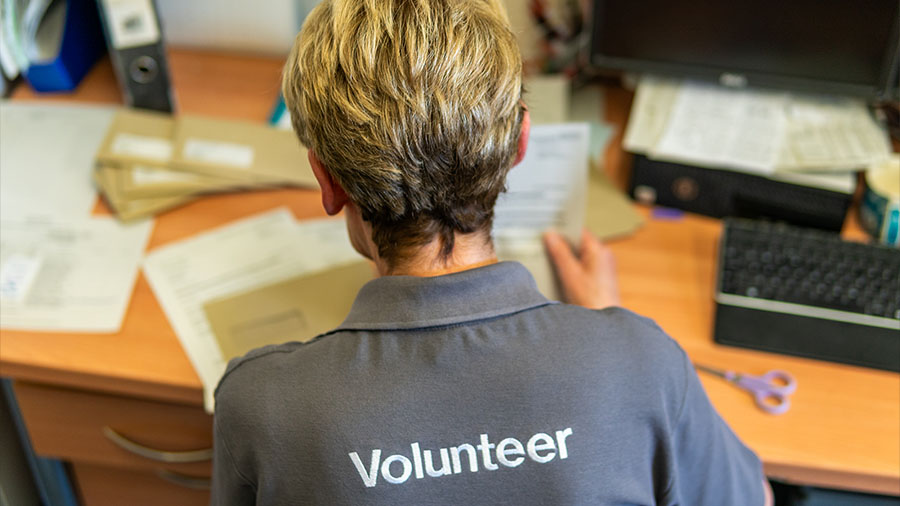
Build a community with user engagement
User engagement is the cornerstone of building a thriving community around your charity or non-profit organisation. While word of mouth, local advertising and more traditional forms of volunteer recruitment will all do a lot to support you on your journey, we’ve seen time and again how well-designed charity websites can elevate this activity and become a platform for your comms and marketing.
For example, the work we did in 2023 with South Gloucestershire County Council and WECIL on their PA Jobs microsite is a testament to the power of community. Personal Assistants support Disabled people with daily activities that they may be unable to do or find difficult to do alone. The campaign language and recruitment microsite, in addition to the campaign branding and video content, resulted in a +36% increase in page views over 3 months and a +27% increase in new users over the same period.
Video is a powerful tool that should not be overlooked. In a recent social media video post, Cancer Research UK highlights how a charity can encourage engagement with its community using an emotional communication strategy. In the video, people talk to a camera while sharing Cancer Research UK’s new manifesto. The idea is to give an eye-to-eye feel to anyone looking at the video while using CTAs to invite individuals to sign their open letters to political party leaders. By using strong and emotional storytelling, they are engaging with their existing audience while also reaching a wider audience through the sharing of the post.
Another simple but effective way of increasing user engagement is to use social proof – such as testimonials, case studies and user stories from beneficiaries and supporters. It adds credibility and encourages other people to get involved. Keeping your community informed and engaged through regular updates, newsletters, and blogs also helps to maintain interest and fosters a sense of belonging.
Don’t forget about calls to action either. They are essential to encourage users to participate, whether it is donating, volunteering, or spreading the word about your fantastic work. Clear and compelling calls to action used throughout your website can encourage active engagement, making it straightforward for individuals to get involved and help you make a difference.
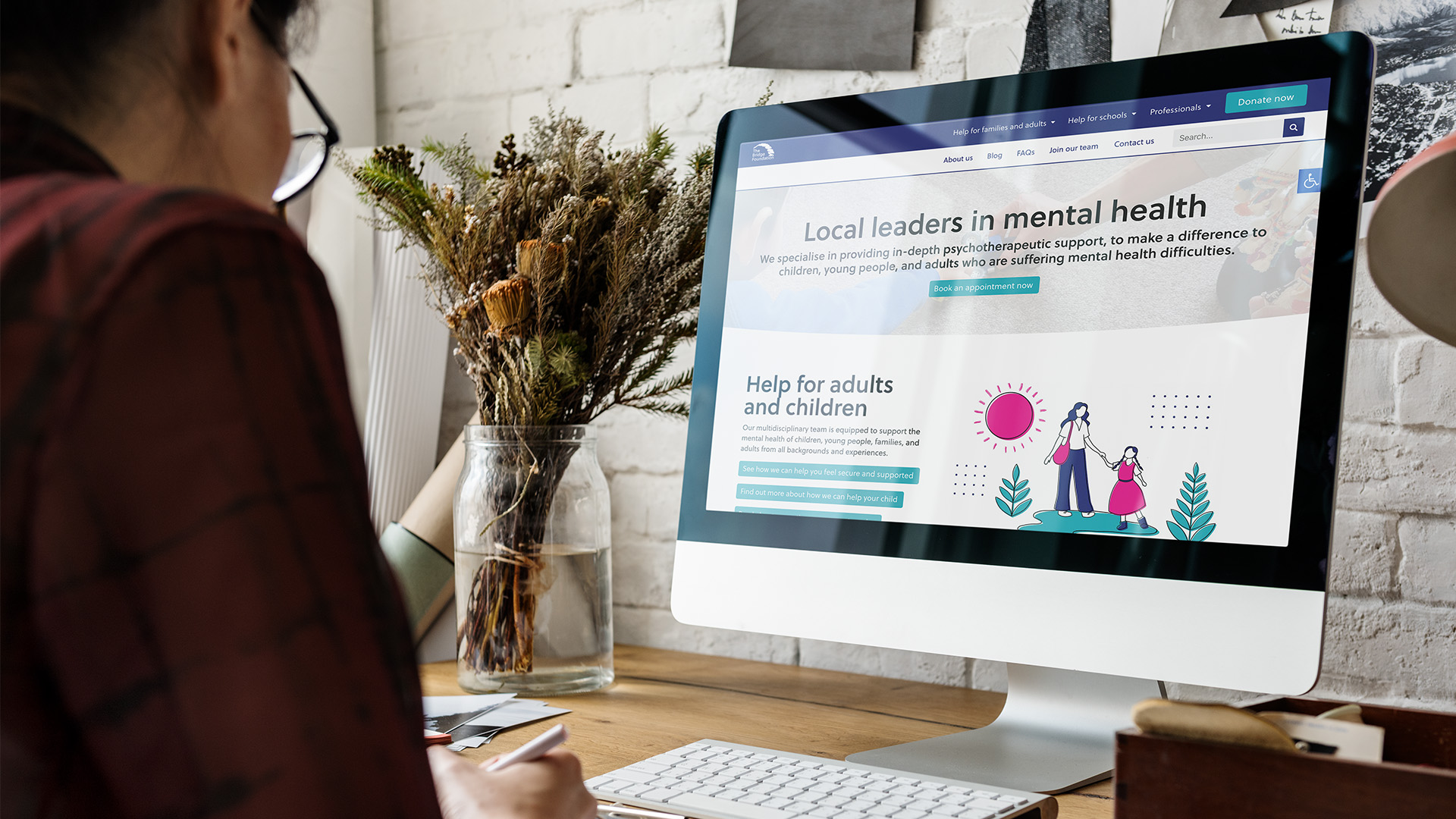
Conclusion
And there you have it, we hope this has been helpful – At The Discourse, we have been designing incredible brand identities, websites and content marketing campaigns for charities and non-profits for well over 5 years. Our clients typically spend from £5k to £20k on brand strategy and design, website projects range from £5k to £20k depending on size and functionality.
Content strategy and production can vary heavily depending on the type of organisation and your internal resources. Typically speaking, we’d expect clients to spend in the region of £5k to £10k on their initial strategy and tool kit, with between £1k and £3k per month on ongoing support.
We’re passionate about this topic and we’re keen to help you along the way. If you’re ready to improve your charity’s website and take your UX to the next level, you can get in contact today via our contact page or by emailing us at: [email protected]


